Xooshdheere
how do i use this
The Sultanate of Mogadishu (Somali: ''Saldanadda Muqdisho'') (r. 10th-16th centuries) was a medieval trading empire in Somalia. It rose as one of the pre-eminent powers in the Horn of Africa and the larger East Africa region during the 12th, 13th and 14th centuries before becoming part of the expanding Ajuuraan Empire. The Mogadishans maintained a vast trading network dominated the regional gold trade, minted their own coins (as shown below)
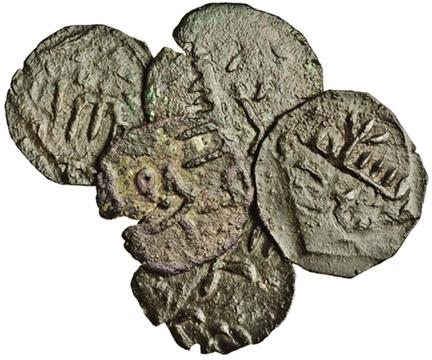
and left an extensive architectural legacy in Somalia. Including the Almnara Tower in Mogadishu
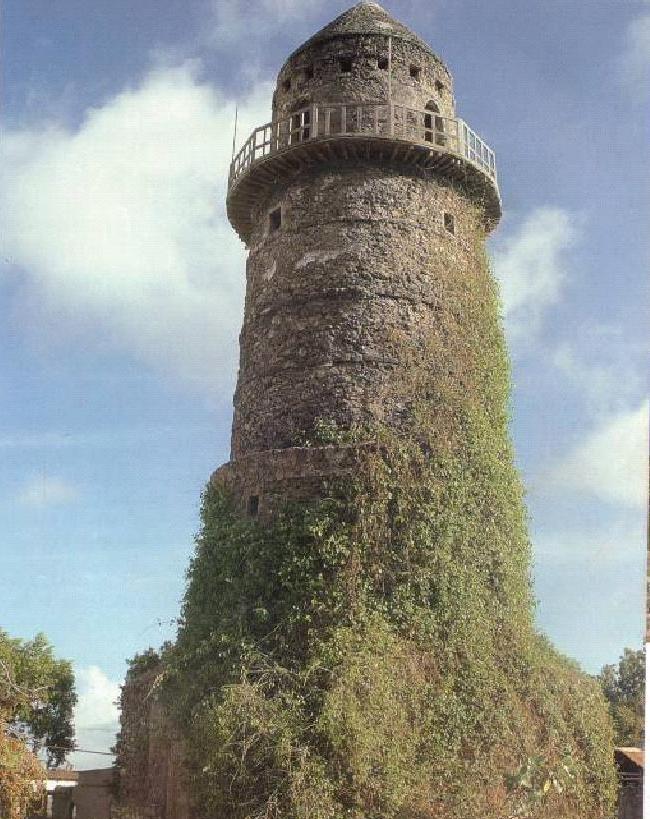
According to the Periplus of the Erythraean Sea, maritime trade connected Somalis in the Mogadishu area with other communities along the Indian Ocean coast as early as the 1st century CE, and the ancient trading power of Sarapion has been postulated to be the predecessor of Mogadishu. With Muslim traders from the Arabian Peninsula arriving circa 900 CE, Mogadishu was well-suited to become a regional center for commerce.
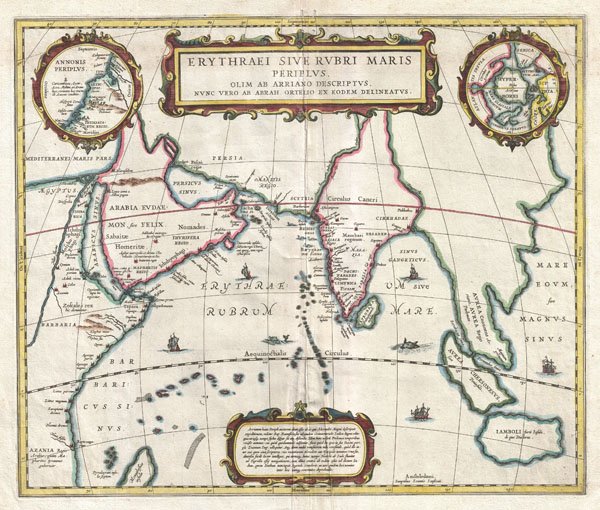
("Land of the Berbers"), which was the medieval Arabic term for the Horn of Africa. Following his visit to the city, the 12th century.
Syrian historian Yaqut al-Hamawi wrote that it was inhabited by dark-skinned Berbers, the ancestors of the Somalis.
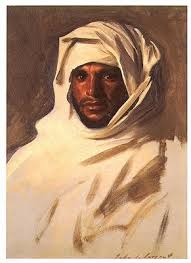 The Sultanate of Mogadishu developed with the immigration of Emozeidi Arabs, a community whose earliest presence dates back to the 9th or 10th century. This evolved into the Muzaffar dynasty, a joint Somali-Arab federation of rulers, and Mogadishu became closely linked with the powerful Somali Ajuuraan State. By the time of Ibn Batuta's appearance on the Somali coast in 1331 the city was at the zenith of its prosperity. Battuta described Mogadishu as "an exceedingly large city" with many rich merchants which was famous for its high quality fabric that it exported to Egypt, among others. He added that the city was ruled by a Somali Sultan
The Sultanate of Mogadishu developed with the immigration of Emozeidi Arabs, a community whose earliest presence dates back to the 9th or 10th century. This evolved into the Muzaffar dynasty, a joint Somali-Arab federation of rulers, and Mogadishu became closely linked with the powerful Somali Ajuuraan State. By the time of Ibn Batuta's appearance on the Somali coast in 1331 the city was at the zenith of its prosperity. Battuta described Mogadishu as "an exceedingly large city" with many rich merchants which was famous for its high quality fabric that it exported to Egypt, among others. He added that the city was ruled by a Somali Sultan
who spoke both Somali and Arabic with equal fluency". Archaeological excavations have recovered many coins from China, Sri Lanka & Vietnam. The majority of the Chinese coins date to the Song Dynasty, although the Ming Dynasty and Qing Dynasty "are also represented," according to Richard Pankhurst.In 1416, Mogadishu sent ambassadors to pay tribute to the Ming dynasty. The Yongle Emperor dispatched Admiral Zheng He to return ambassadors to the Somali city, with Zheng He revisiting Mogadishu in 1430.
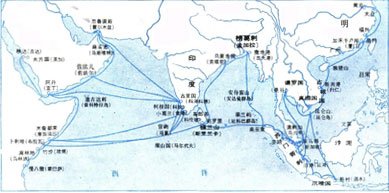
In the Middle Ages Mogadishu along with other Somali cities came under the Ajuuraan State's influence & experienced another Golden Age. Vasco Da Gama, who passed by Mogadishu in the 15th century, noted that it was a large city with houses five stories and big palaces in its center and many mosques with cylindrical minarets. In the 16th century, Duarte Barbosa noted that many ships from the Kingdom of Cambaya sailed to Mogadishu with cloths and spices for which they in return received gold, wax and ivory. Barbaso also highlighted the abundance of meat, wheat, barley, horses & fruit on the coastal markets, which generated enormous wealth for the merchants
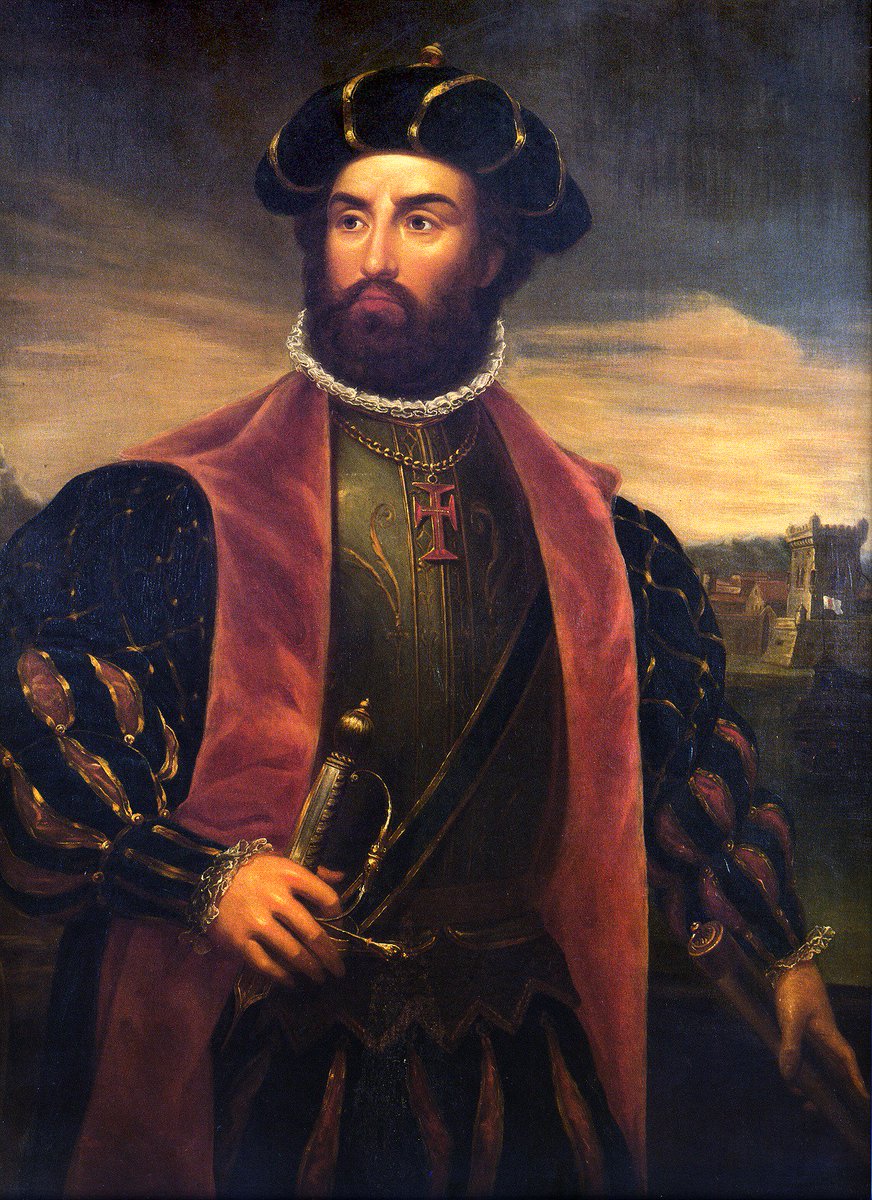
Ross E. Dunn describes Mogadishu and other East African Muslim settlements as "a kind of medieval America, a fertile, well-watered land of opportunity & a place of salvation from drought, famine & war at home"
Special!
Somali merchants from Mogadishu established a colony in Mozambique to extract gold from the mines in Sofala.
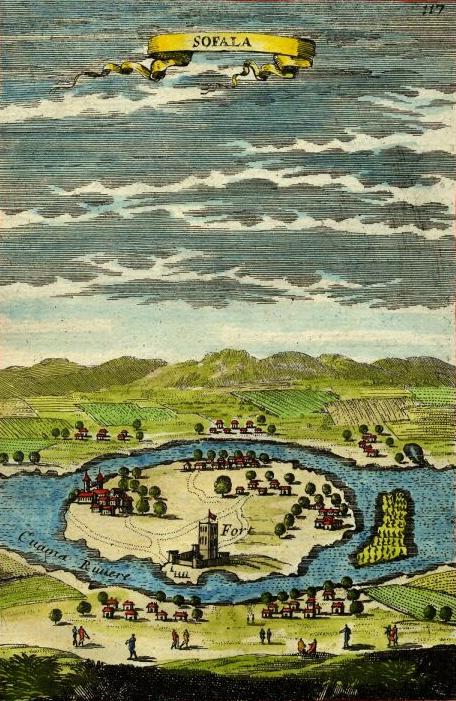
Mogadishu established its own currency during its medieval trading empire in the Indian Ocean, when it centralized its commercial hegemony by minting its own coins to facilitate regional trade. The coins beared the names of 23 successive Sultans of Mogadishu. Some also adopted the style of the extant Fatimid and the Ottoman currencies (Pictured)
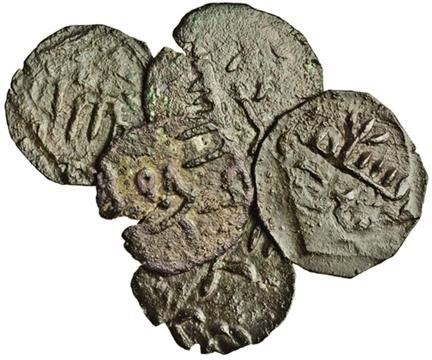
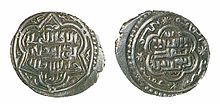
Mogadishan coins were in widespread circulation. Pieces have been found as far away as modern UAE,
where a coin bearing the name of a 15th century Somali Sultan Ali b. Yusuf of Mogadishu was excavated. Upon arrival in Mogadishu's harbour, it was custom for small boats to approach the arriving vessel, and their occupants to offer food and hospitality to the merchants on the ship. If a merchant accepted such an offer, then he was obligated to lodge in that person's house and to accept their services as sales agent for whatever business they transacted in Mogadishu.
References History of Ming, History of Mogadishu, volume 326 Gujarat and the Trade of East Africa pg.35
References Sanjay Subrahmanyam, The Career and Legend of Vasco Da Gama, p. 121. P. L. Shinnie, The African Iron Age p.135
References pg 4 - The quest for an African Eldorado: Sofala, By Terry H. Elkiss J. D. Fage, The Cambridge History of Africa, p. 190

and left an extensive architectural legacy in Somalia. Including the Almnara Tower in Mogadishu

According to the Periplus of the Erythraean Sea, maritime trade connected Somalis in the Mogadishu area with other communities along the Indian Ocean coast as early as the 1st century CE, and the ancient trading power of Sarapion has been postulated to be the predecessor of Mogadishu. With Muslim traders from the Arabian Peninsula arriving circa 900 CE, Mogadishu was well-suited to become a regional center for commerce.

("Land of the Berbers"), which was the medieval Arabic term for the Horn of Africa. Following his visit to the city, the 12th century.
Syrian historian Yaqut al-Hamawi wrote that it was inhabited by dark-skinned Berbers, the ancestors of the Somalis.

who spoke both Somali and Arabic with equal fluency". Archaeological excavations have recovered many coins from China, Sri Lanka & Vietnam. The majority of the Chinese coins date to the Song Dynasty, although the Ming Dynasty and Qing Dynasty "are also represented," according to Richard Pankhurst.In 1416, Mogadishu sent ambassadors to pay tribute to the Ming dynasty. The Yongle Emperor dispatched Admiral Zheng He to return ambassadors to the Somali city, with Zheng He revisiting Mogadishu in 1430.

In the Middle Ages Mogadishu along with other Somali cities came under the Ajuuraan State's influence & experienced another Golden Age. Vasco Da Gama, who passed by Mogadishu in the 15th century, noted that it was a large city with houses five stories and big palaces in its center and many mosques with cylindrical minarets. In the 16th century, Duarte Barbosa noted that many ships from the Kingdom of Cambaya sailed to Mogadishu with cloths and spices for which they in return received gold, wax and ivory. Barbaso also highlighted the abundance of meat, wheat, barley, horses & fruit on the coastal markets, which generated enormous wealth for the merchants

Ross E. Dunn describes Mogadishu and other East African Muslim settlements as "a kind of medieval America, a fertile, well-watered land of opportunity & a place of salvation from drought, famine & war at home"
Special!
Somali merchants from Mogadishu established a colony in Mozambique to extract gold from the mines in Sofala.

Mogadishu established its own currency during its medieval trading empire in the Indian Ocean, when it centralized its commercial hegemony by minting its own coins to facilitate regional trade. The coins beared the names of 23 successive Sultans of Mogadishu. Some also adopted the style of the extant Fatimid and the Ottoman currencies (Pictured)


Mogadishan coins were in widespread circulation. Pieces have been found as far away as modern UAE,
where a coin bearing the name of a 15th century Somali Sultan Ali b. Yusuf of Mogadishu was excavated. Upon arrival in Mogadishu's harbour, it was custom for small boats to approach the arriving vessel, and their occupants to offer food and hospitality to the merchants on the ship. If a merchant accepted such an offer, then he was obligated to lodge in that person's house and to accept their services as sales agent for whatever business they transacted in Mogadishu.
References History of Ming, History of Mogadishu, volume 326 Gujarat and the Trade of East Africa pg.35
References Sanjay Subrahmanyam, The Career and Legend of Vasco Da Gama, p. 121. P. L. Shinnie, The African Iron Age p.135
References pg 4 - The quest for an African Eldorado: Sofala, By Terry H. Elkiss J. D. Fage, The Cambridge History of Africa, p. 190

 calm down warya
calm down warya
